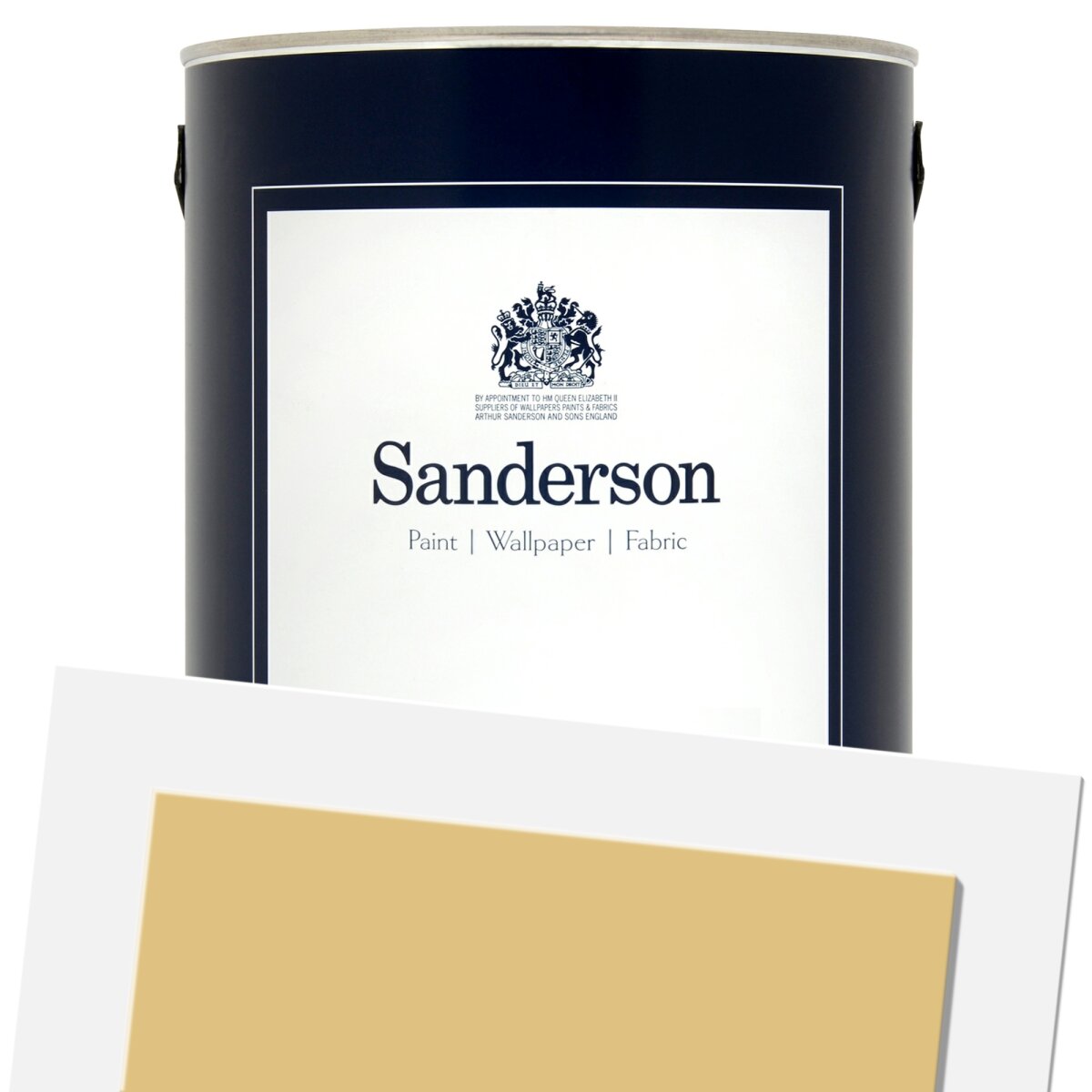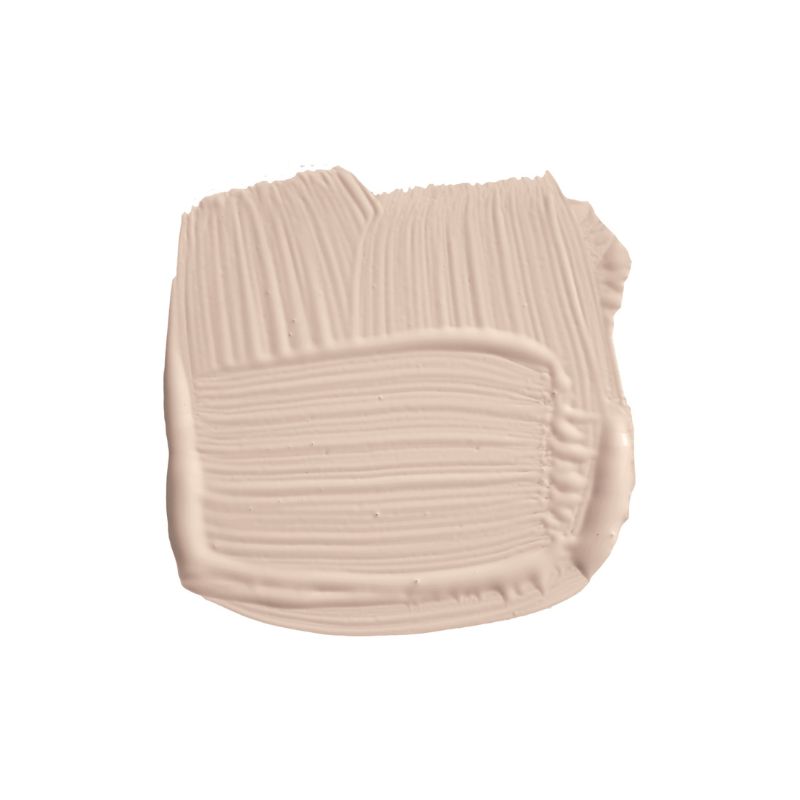Don't Ask AI, Ask an Interior Designer — Two Tone Cabinets, Hallway Colors, and the Perfect Pink Paint
Ellen Cumber, co-founder of Golden Design, is known for her spirited schemes and uplifting use of color. So we posed her the questions you ask us most
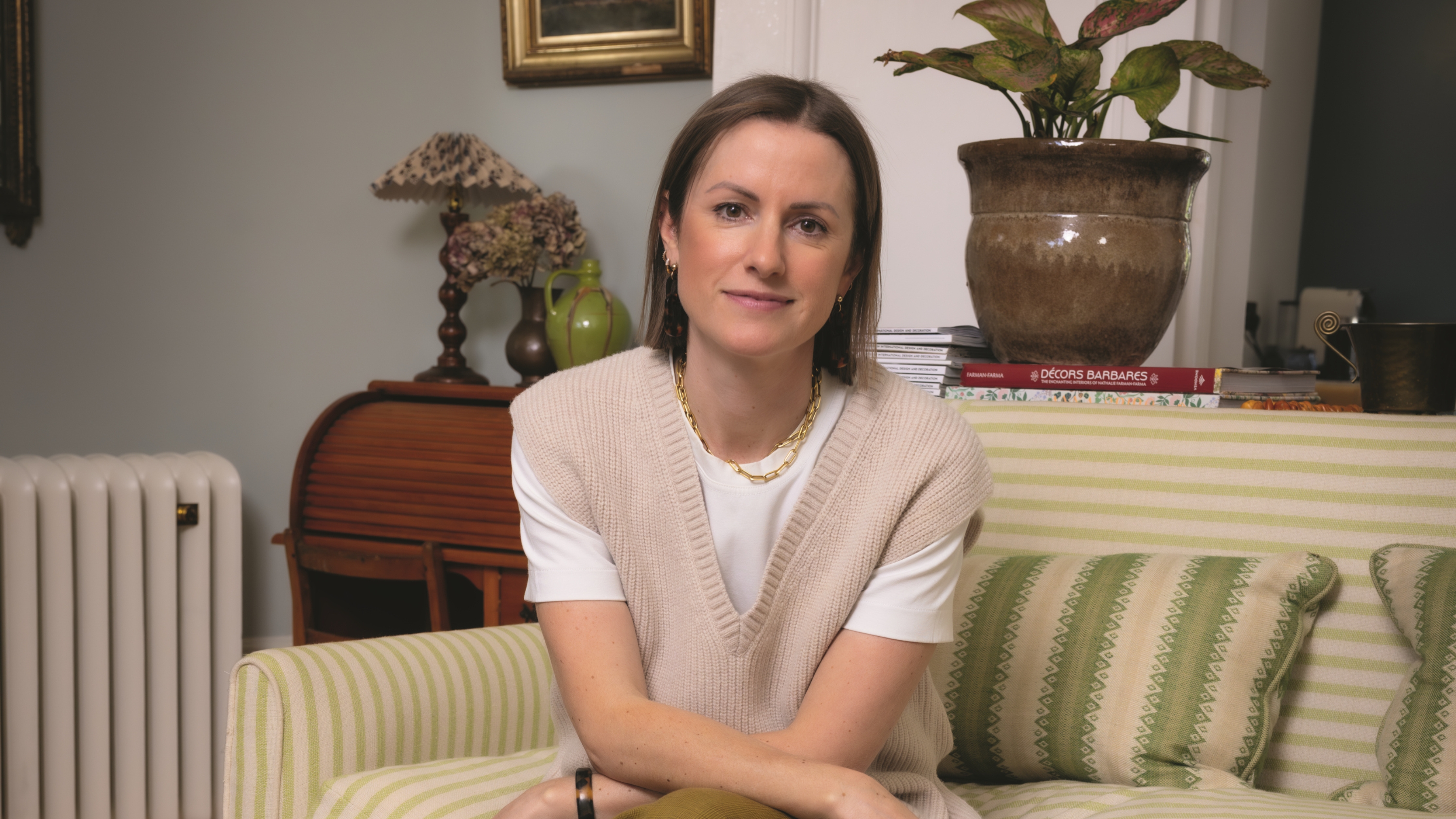
Q: Kitchen cabinets in two colors seems like a more modern approach, but how do I pick two colors that work together, and how do I decide which shade goes on the top and which on the bottom?
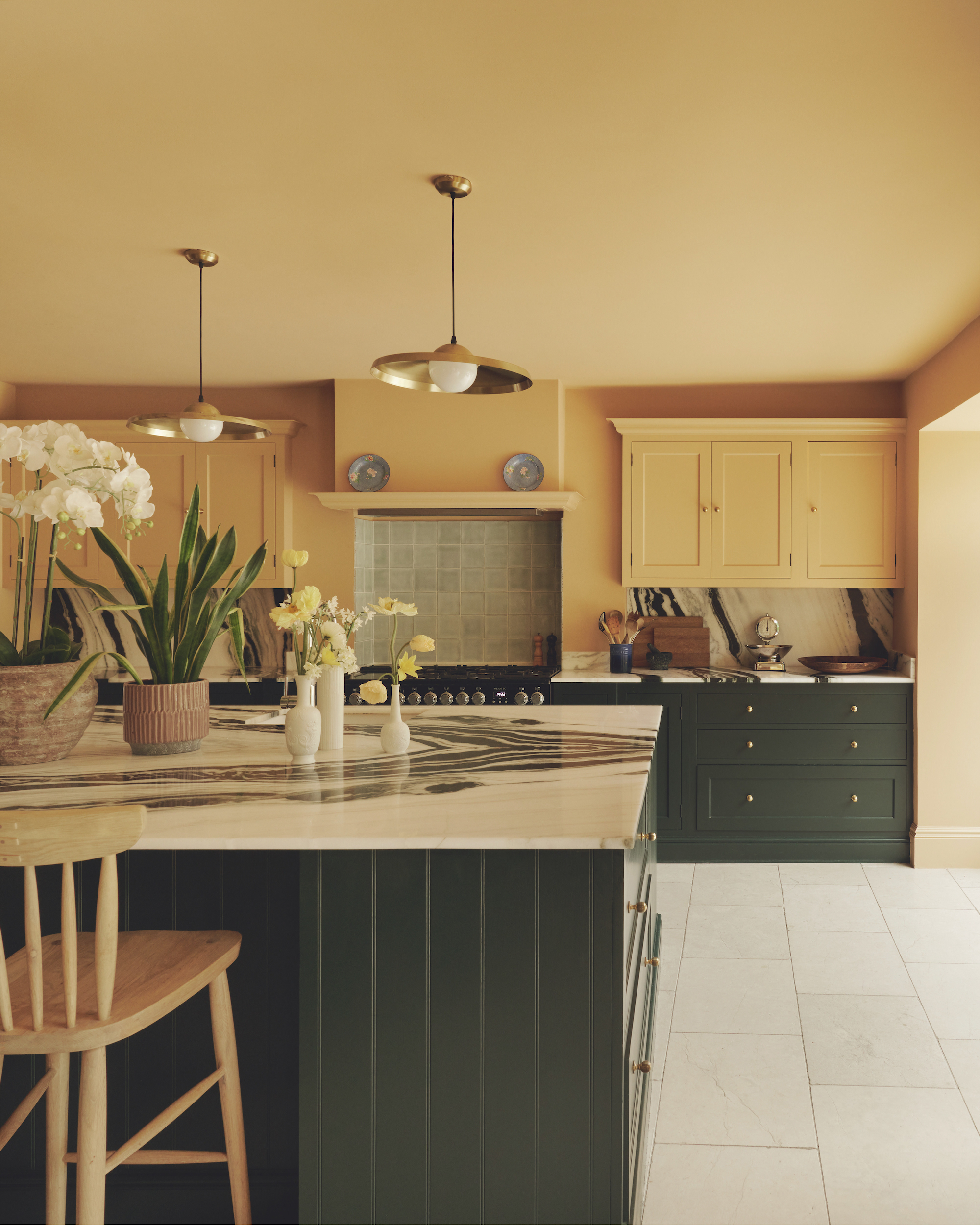
Lower cabinets painted in Studio Green, Farrow and Ball. Upper cabinets painted in Cinnamon, Edward Bulmer
"We have cabinets in two colors all the time. Very often, there is so much cabinetry in the kitchen that if you keep it one shade, it ends up being an overwhelmingly large block of a single color, and without much other furniture in the room, it has nothing to break it up. Having two hues is an easy way to make the cupboards feel more bespoke (it’s worth remembering that the timber itself also counts as a color, and you might decide to only paint half the cabinets and keep the others as natural wood).
The rule I always follow is to put a lighter color on the wall cabinets and the darker color on the floor-level ones. This means that the darker shade grounds the space while the paler one, which is more directly in your sightline, recedes a little.
To pick the right kitchen colors, we usually start with the marble or countertop material. There are so many different pigments in a single slab of marble, and when you look at it up close, you can find something in it that would work on the cabinetry, perhaps a hint of green or ochre or pink… it could be anything, really.
And then make sure that both colors you choose have the same tone. Perhaps both are earthy, or both are punchy. Even when paint choices are different, they should feel like siblings in some way, and that depth of hue in them is the way to ensure they’re connected."
Q: What do I need to consider about picking a hallway color to drench the space in, using it all over? I don't want to go dark, but surely a light color isn't practical for the floor?

Color drenching to the extreme. Walls painted in Ming Gold, Sanderson.
"We did a hallway recently that our client said she really wanted to glow. She is our bravest client and pushed our boundaries, so it was exciting to collaborate on. Her brief was for it to feel like she was stepping into a cocoon of heavenly light the moment she got home, and we ended up using Ming Gold, a sunny yet slightly muted yellow from Sanderson.
The thing to remember about entryway colors is that, because the walls are very close together, colors used in them will always feel more intense than when you put them in a larger space — it will seem more saturated than it actually is, so do go for mid-shades rather than super-bold.
Is the matching yellow carpet we added practical for a hallway, I hear you ask? Well, their main entrance is on the lower ground floor, and this one is more for guests. We also added a vast recessed door mat that you can’t see in the photograph, so there is scope for wiping feet. Anyone wishing to emulate this for a hallway they use more often should probably look for beautiful tiles in a matching shade, which they’d find to be more hardwearing."
The Livingetc newsletters are your inside source for what’s shaping interiors now - and what’s next. Discover trend forecasts, smart style ideas, and curated shopping inspiration that brings design to life. Subscribe today and stay ahead of the curve.
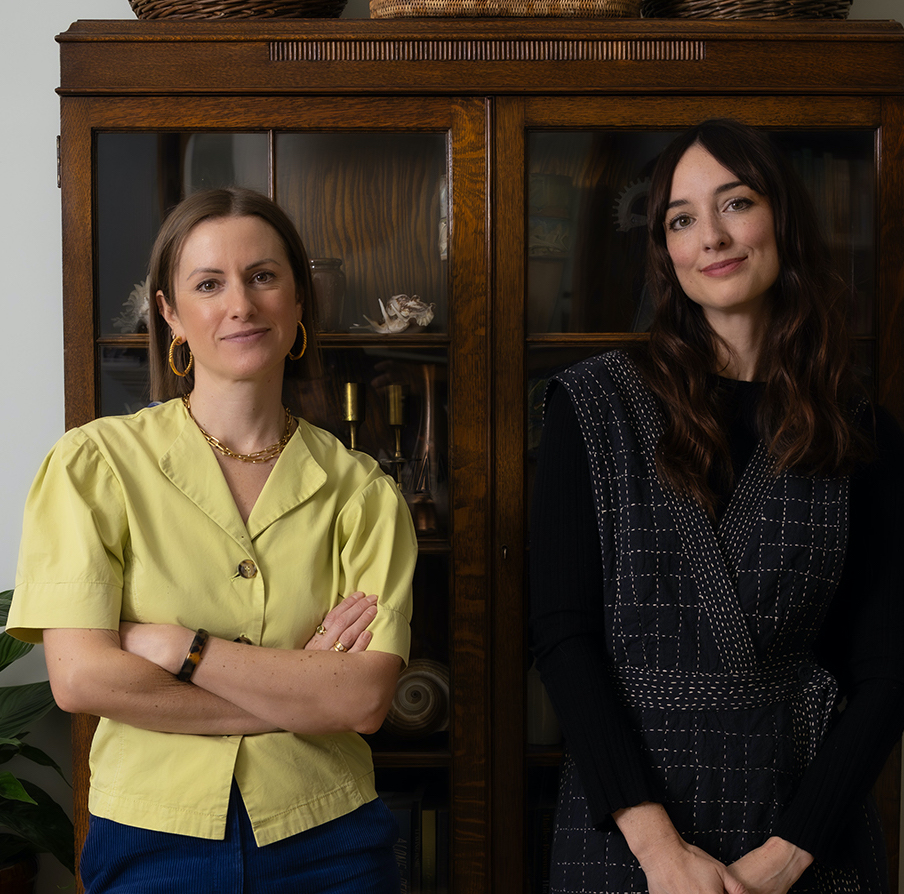
Ellen Cumber and Alice Bettington are co-founders of London-based studio Golden Design. Their projects use color with flair, but sophistication, offering a refined and elegant feel with a sense of joy.
Q: What's the perfect pink paint, and how do I use it?
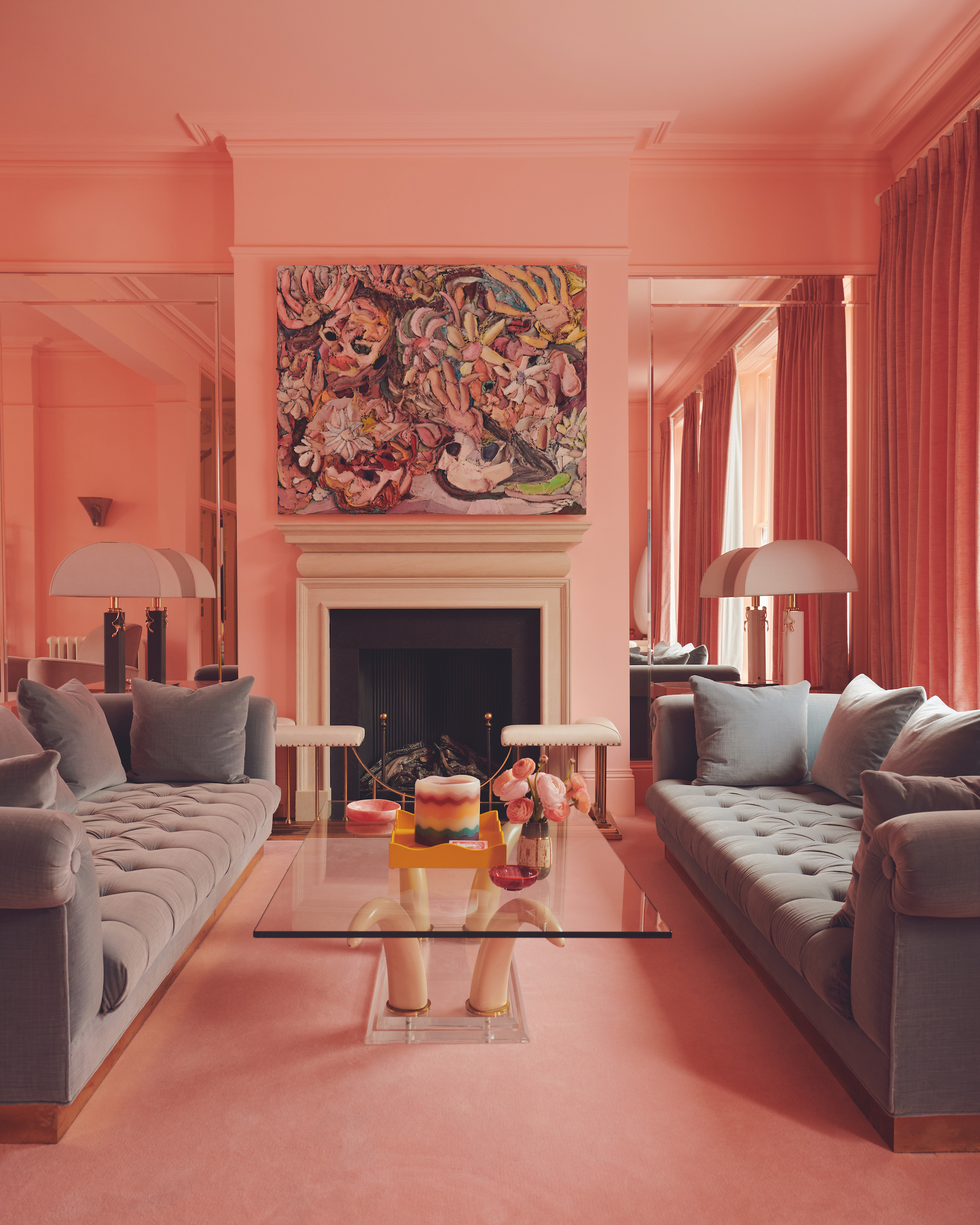
The ‘perfect’ pink, if you’re willing to be bold. Walls and ceiling painted in Templeton Pink, Farrow and Ball
The perfect pink paint color has a yellow base, which gives it warmth. Farrow and Ball’s Setting Plaster is so popular, as it goes quite fleshy. We’re moving towards a more subtle way of using it, just on ceilings, with a more muted, yellow-beige on the walls. It’s very glowy, and the pink ceiling makes the whole room feel warm. A way to make a statement without the pink dominating the room.
We also love Farrow and Ball’s Templeton Pink, which is bright and intense, but without being too bubblegum or sweet. We covered a whole reception room in it, but that only really worked because the space was so large. For a more regular-sized room we’d probably have gone with Setting Plaster, which is more knocked-back. Our favourite neutral with a hint of pink is Dimity, also by Farrow and Ball. I have it on my own kitchen walls and it can look almost white, then in some lights the pink just manages to shine through.
The editor of Livingetc, Pip Rich (formerly Pip McCormac) is a lifestyle journalist of almost 20 years experience working for some of the UK's biggest titles. As well as holding staff positions at Sunday Times Style, Red and Grazia he has written for the Guardian, The Telegraph, The Times and ES Magazine. The host of Livingetc's podcast Home Truths, Pip has also published three books - his most recent, A New Leaf, was released in December 2021 and is about the homes of architects who have filled their spaces with houseplants. He has recently moved out of London - and a home that ELLE Decoration called one of the ten best small spaces in the world - to start a new renovation project in Somerset.
